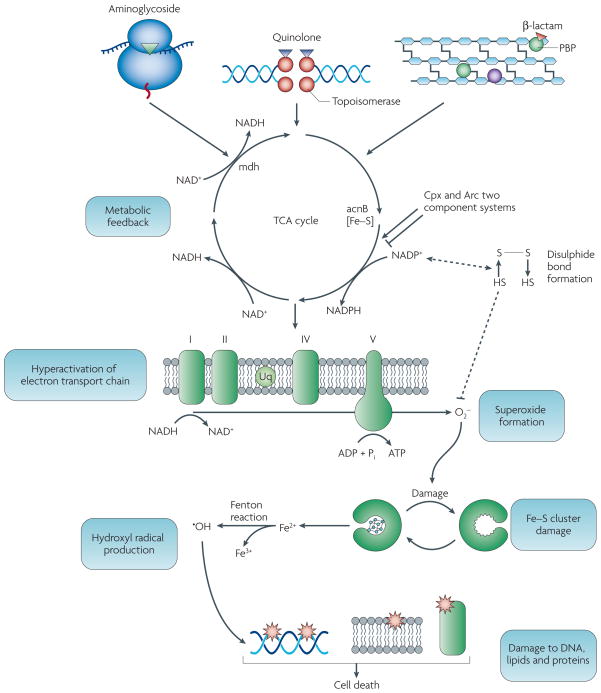Figure 2. Common mechanism of cell death induced by bactericidal antibiotics.
The primary drug-target interactions (aminoglycoside with the ribosome, quinolone with DNA gyrase, and β-lactam with penicillin-binding proteins) stimulate oxidation of NADH through the electron transport chain that is dependent on the TCA cycle. Hyperactivation of the electron transport chain stimulates superoxide formation. Superoxide damages iron-sulfur clusters, making ferrous iron available for oxidation by the Fenton reaction. The Fenton reaction leads to hydroxyl radical formation and the hydroxyl radicals damage DNA, proteins and lipids, which contributes to antibiotic-induced cell death. Quinolones, β-lactams and aminoglycosides also trigger radical formation and cell death through the Cpx and Arc two-component systems. It is also possible that redox-sensitive proteins such as those containing disulfide contribute in an as yet undetermined fashion to the common mechanism (dashed lines). (Modified with permission from ref 8)

